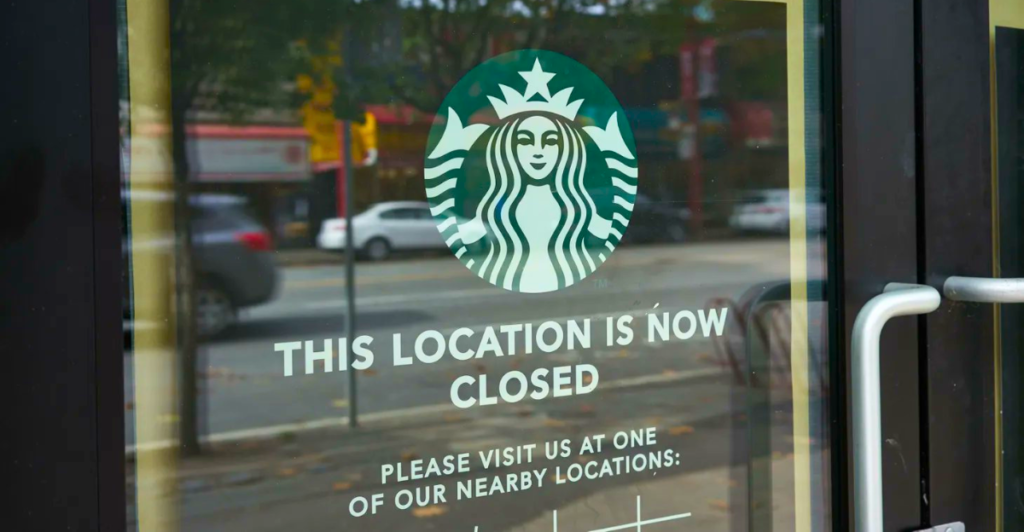
The Starbucks crisis is shaking the foundations of one of the world’s most iconic coffee brands. Once the gold standard for premium coffee culture, Starbucks is now navigating a storm it didn’t see coming.
In Q3 of 2024, the company reported a steep 7% global sales drop—6% in the U.S. and a staggering 14% in China. Behind the decline: backlash over the Israel-Hamas conflict, price hikes that pushed away loyalists, and executive upheaval.
With $11 billion in market value wiped out, new CEO Brian Niccol has paused financial targets, calling for a “fundamental strategic shift.” What began as a social media controversy has morphed into a full-blown crisis.
A Starbucks Crisis Years in the Making
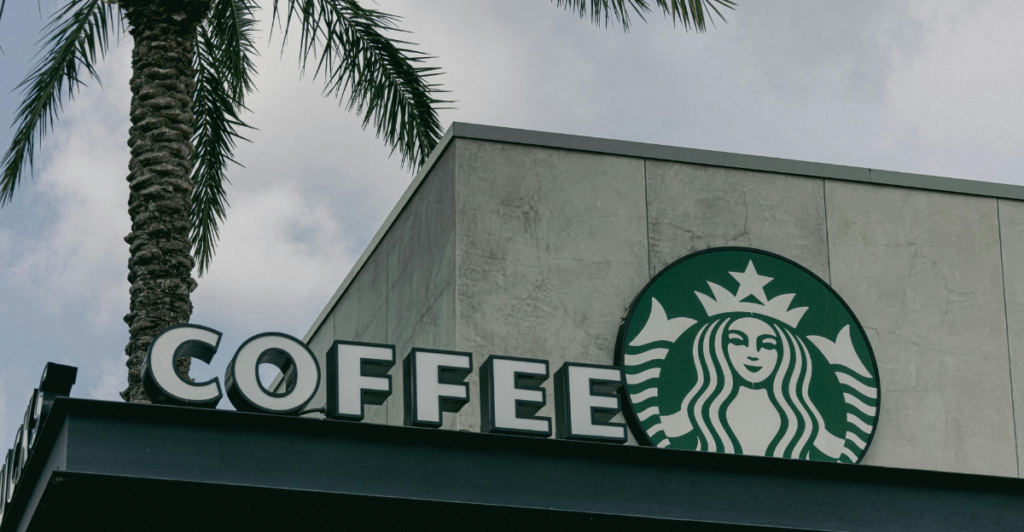
This Starbucks crisis didn’t erupt overnight. The company logged a 4% global sales dip in early 2024, followed by a 3% slide in spring, and a 7% plunge in the most recent quarter—its worst sustained downturn since 2020. U.S. same-store sales dropped 3%, and more alarmingly, active rewards members fell 4%, exposing a deeper fracture in Starbucks’ core customer base.
The Boycott Battlefield Emerges

Starbucks became entangled in geopolitical fallout after Workers United, a union representing baristas at about 350 locations, posted a message in “solidarity” with Palestine shortly after the October 7 Hamas attack. Though the post was unauthorized and quickly removed, it went viral, triggering boycott calls from both sides. Starbucks sued for trademark infringement, intensifying the controversy instead of easing it.
Misinformation Fuels the Starbucks Crisis
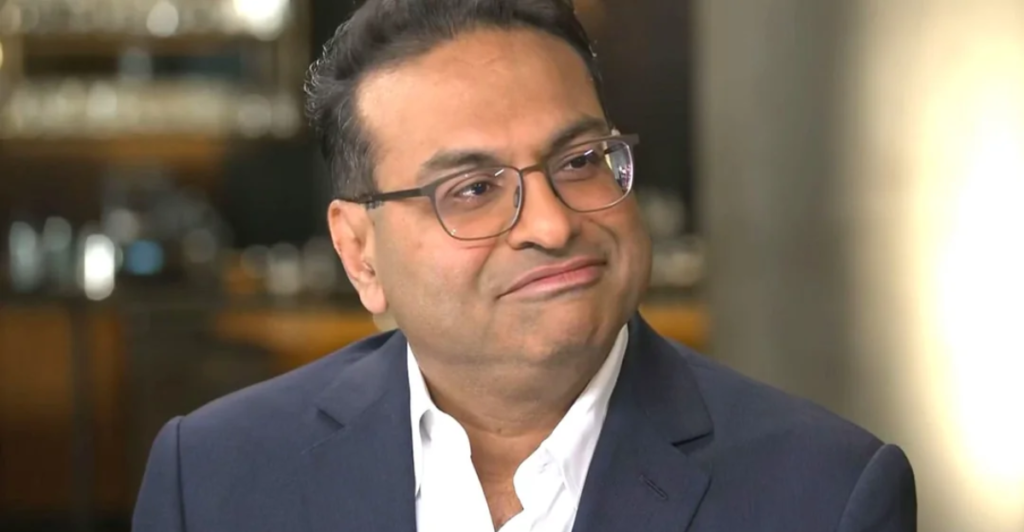
The situation escalated when a viral hoax claimed Starbucks funded the Israeli military. Despite firm denials—”We have no political agenda. We do not use our profits to fund any government or military operations anywhere”—the damage was done. CEO Laxman Narasimhan cited a “significant impact on traffic and sales” across the Middle East and a “softening” in U.S. visits as misinformation amplified the Starbucks crisis.
The $6 Coffee Breaking Point

While geopolitics sparked outrage, sticker shock drove many customers away. Longtime loyalist Andrew Buckley quit Starbucks when his mocha topped $6—“the straw that broke the camel’s back.” David White bailed on mid-checkout orders. Analyst Cait Lamberton said it best: “Now, they’re charging $6.50 for people to walk in and walk out 10 seconds later,” undermining Starbucks’ once-justified premium model.
Leadership Turbulence Compounds Problems
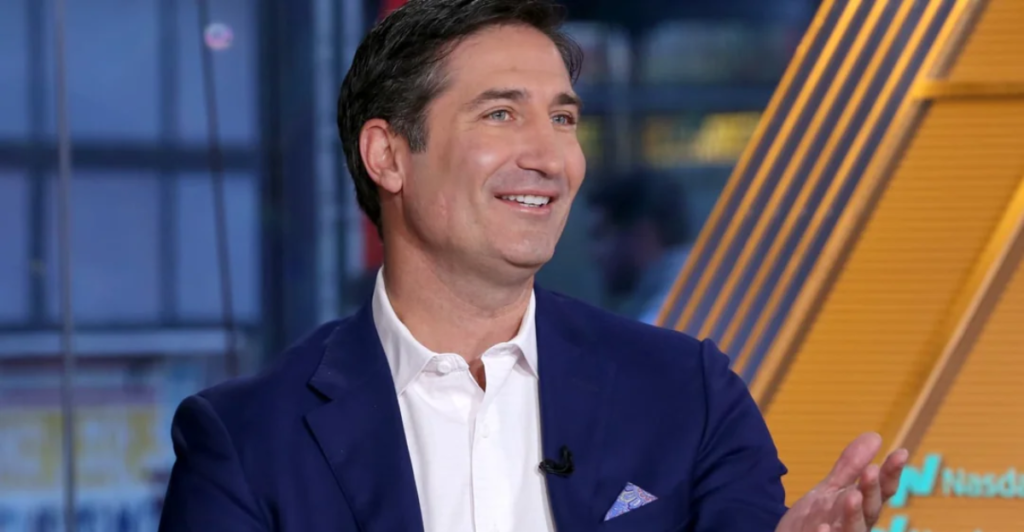
Starbucks added to its turmoil in August 2024, announcing Brian Niccol would replace CEO Laxman Narasimhan just 14 months into his tenure. The abrupt change rattled investors. Within weeks, Niccol flagged major issues: overly complex menus, staff shortages, high prices, and an unresolved boycott. His appointment signaled that Starbucks’ troubles ran deeper than expected—and required urgent, systemic fixes.
The Financial Bloodbath
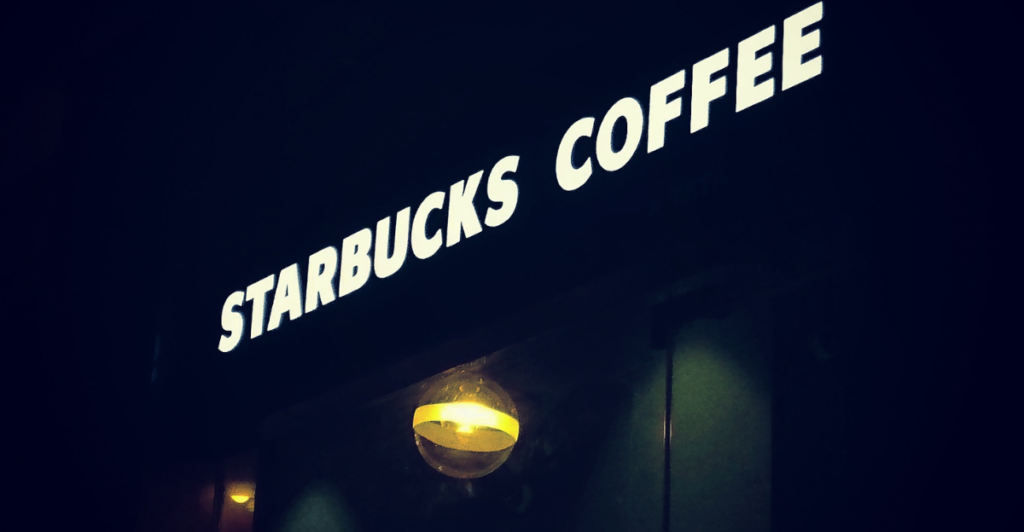
The fallout hit Wall Street hard. Starbucks shares plunged 17% post-earnings, erasing roughly $11 billion in market value. Overseas, the damage rippled outward: Berjaya Food, Starbucks’ Malaysian operator, saw a 38% revenue drop and reported an RM39.81 million ($8.3 million) loss. Faced with mounting losses and market instability, Starbucks suspended financial guidance as confidence continued to erode.
“We Stand for Humanity” Falls Flat
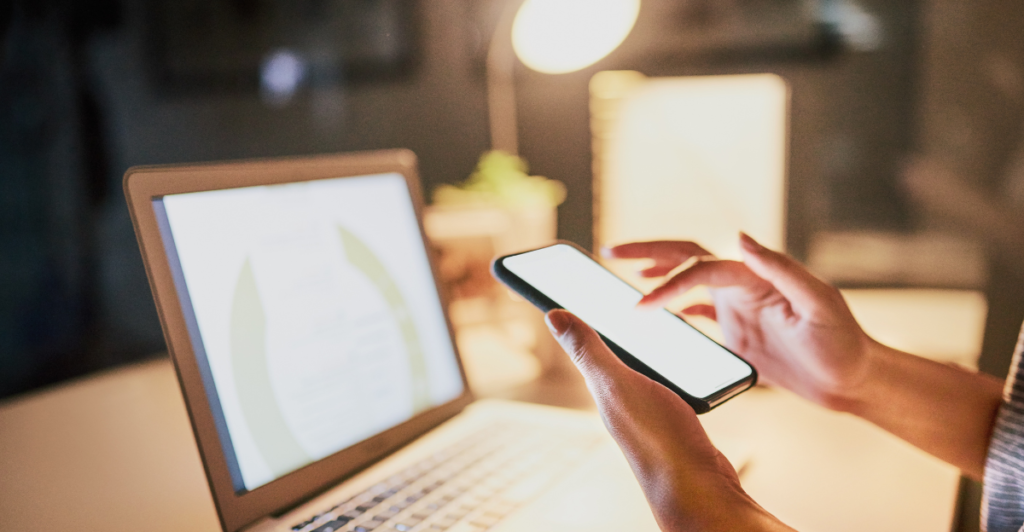
In response, Starbucks tried to reset the narrative. “We stand for humanity. We condemn violence, the loss of innocent life and all hate and weaponized speech,” the company said. CEO Narasimhan linked store vandalism to “misrepresentation on social media.” But efforts to clarify its stance came off as reactive, failing to close the widening gap between brand message and public perception.
The Economic Context Behind the Starbucks Crisis
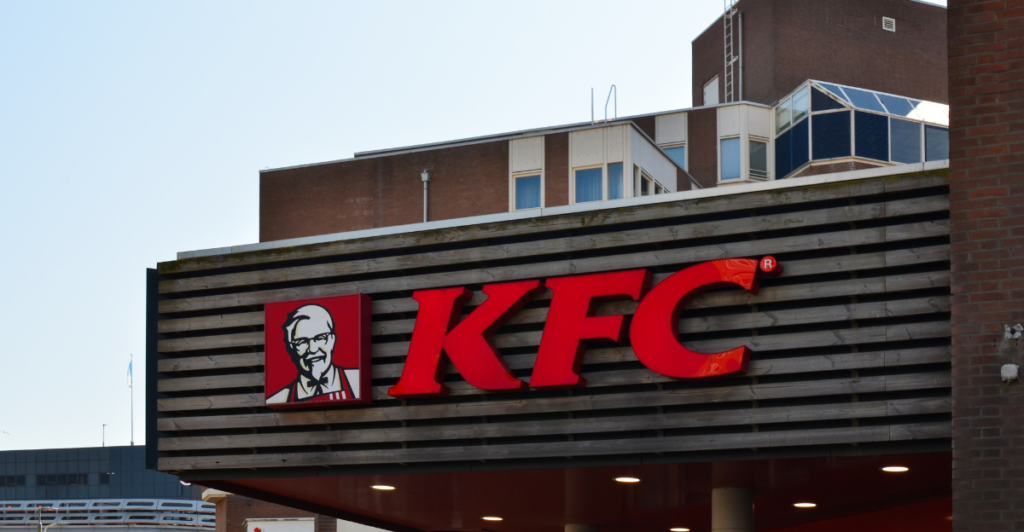
The boycott tells only part of the story. CEO Narasimhan also cited “more cautious consumer spending” and stiffer competition. Inflation and rising credit card debt reshaped consumer habits across the restaurant sector—McDonald’s, KFC, and others saw similar declines. Starbucks’ drop among non-rewards customers—who make up 40% of its business—suggested broader economic shifts, not just a backlash-driven slump.
The Road to Recovery Requires Fundamental Change
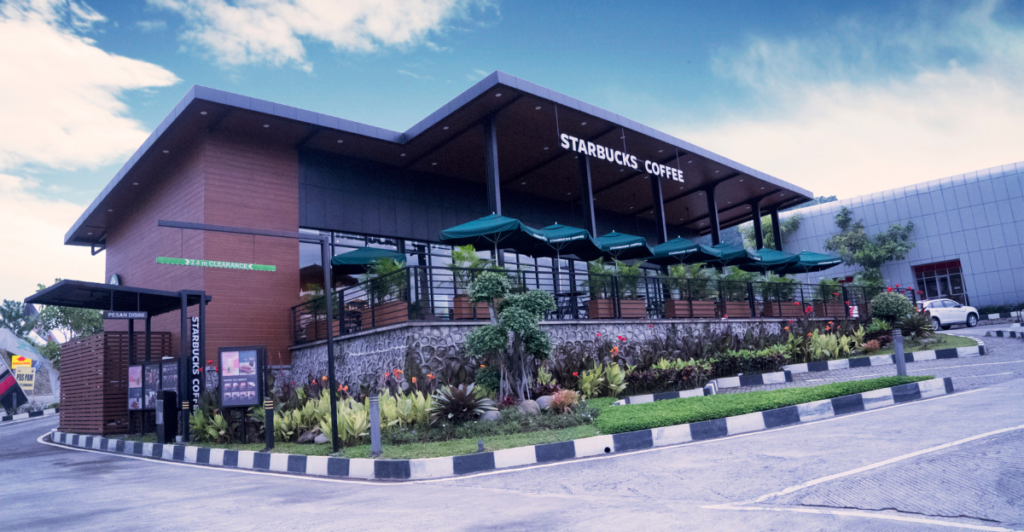
Starbucks’ rebound won’t hinge on spin—it needs structural change. New CEO Niccol is pushing a reset: new marketing, simplified menus, and a return to Starbucks’ roots as a “community coffeehouse.” The brand will pivot away from fast-food speed and broaden its customer focus. Still, experts remain wary. As finance professor Albert Wang warned: “I don’t think it will stop.”
Discover more DIY hacks and style inspo- Follow us to keep the glow-up coming to your feed!

Love content like this? Tap Follow at the top of the page to stay in the loop with the latest beauty trends, DIY tips, and style inspo. Don’t forget to share your thoughts in the comments — we love hearing from you!